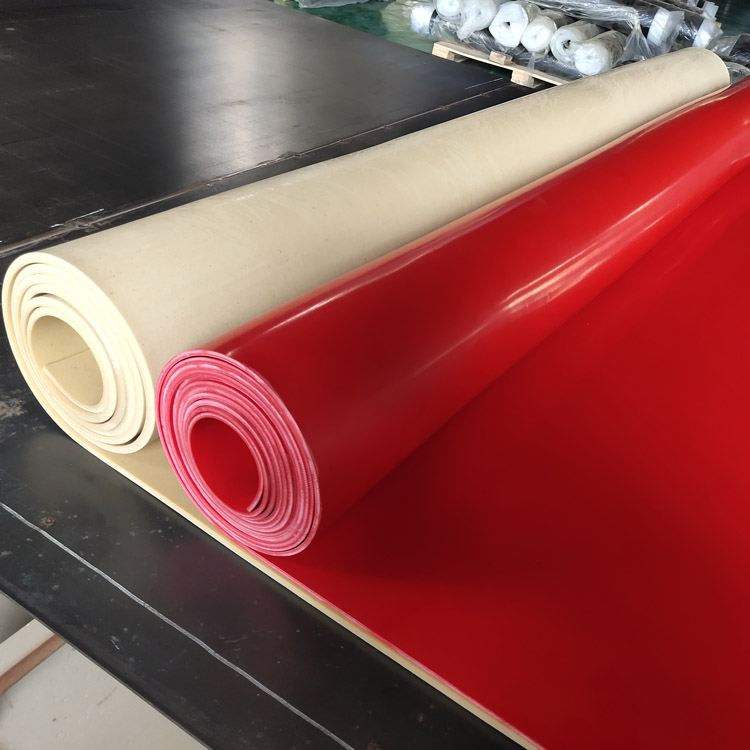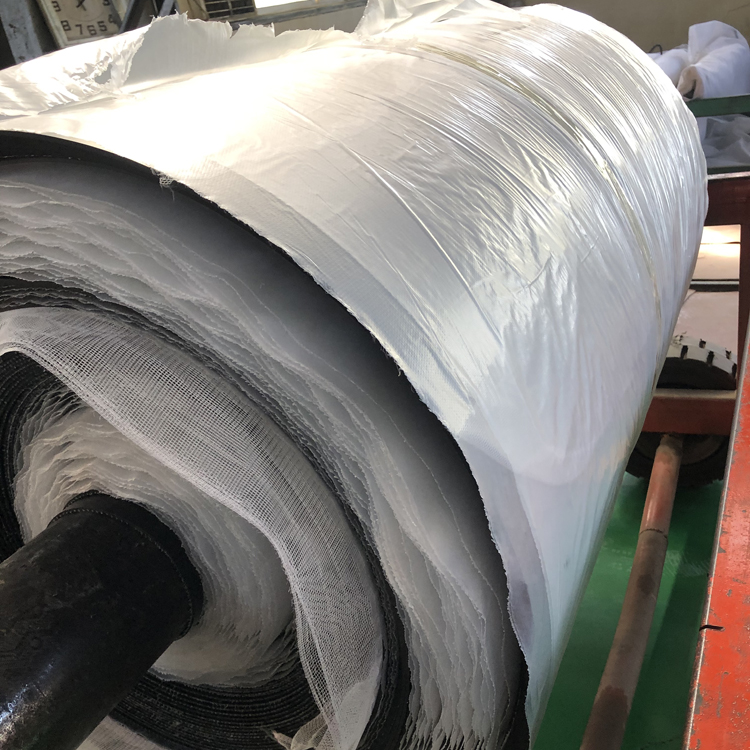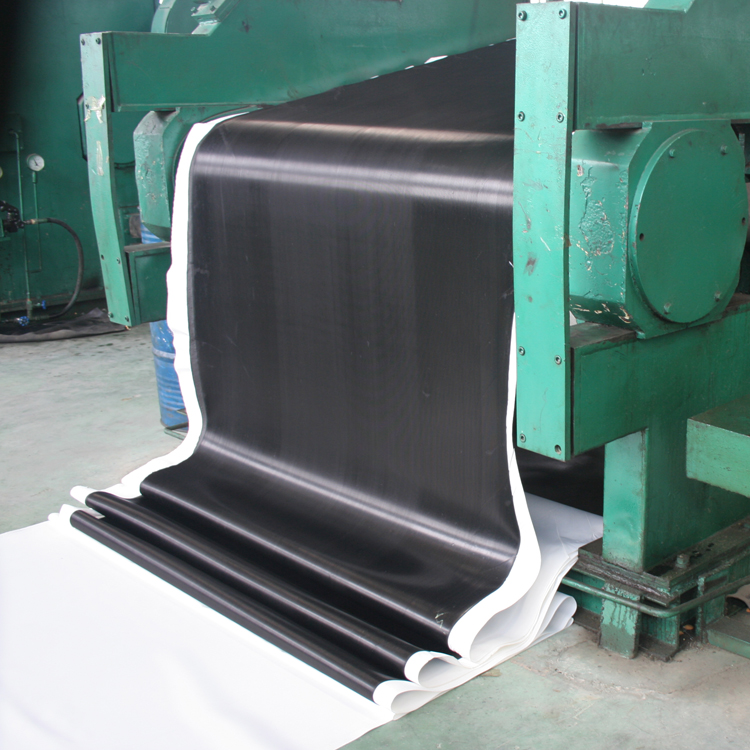Future Development Trends of Rubber Sheets
Rubber sheets, as a critical industrial material, have demonstrated their broad applications and excellent performance across various industries. With advancements in technology and changes in market demands, the future development trends of rubber sheets will reflect several key aspects.
I. Material Innovation and Performance Enhancement
In the future, significant progress will be made in the innovation of rubber sheet materials. The development of new synthetic rubber materials will enhance the properties of rubber sheets, such as high-temperature resistance, low-temperature resistance, oil resistance, and chemical corrosion resistance. Additionally, the application of nanotechnology will further improve the strength and wear resistance of rubber sheets. For example, rubber sheets with added nanocarbon materials will exhibit higher tear resistance and electrical conductivity, suitable for more demanding working environments.
II. Environmental Protection and Sustainable Development
With the rising global awareness of environmental protection, the production and use of rubber sheets will increasingly focus on environmental sustainability. The development and application of bio-based rubber materials will become an important trend. These materials can reduce dependence on petroleum resources and offer good biodegradability, reducing environmental pollution. Moreover, the recycling and reuse of waste rubber sheets will be further developed, achieving circular utilization of rubber materials and minimizing the environmental impact of waste.
III. Intelligence and Multi-functionality
Intelligence and multi-functionality will be significant development directions for rubber sheets in the future. By embedding sensors and smart materials into rubber sheets, real-time monitoring and feedback of parameters such as temperature, pressure, and stress can be achieved. These smart rubber sheets can be used in construction, transportation, and industrial equipment to enhance system safety and operational efficiency. Additionally, the development of multi-functional rubber sheets to meet diverse application scenarios, such as fire resistance, anti-static, and antibacterial properties, will see broader applications across various fields.
IV. Improvements in Production Processes
The production processes of rubber sheets will continue to improve to enhance production efficiency and product quality. Advanced manufacturing technologies, such as 3D printing, precision molding, and efficient calendering, will be applied in the production of rubber sheets. These technologies can shorten production cycles, improve product precision and consistency, and allow for customized production based on customer needs. Moreover, the widespread adoption of automated and intelligent production lines will reduce labor costs and enhance the stability and controllability of the production process.
V. Diversification of Market Demands
With the development of various industries, the demand for rubber sheets will become more diversified. The construction industry will require more efficient waterproof, fireproof, and soundproof rubber sheets; the automotive industry will focus on lightweight and high-performance rubber materials; the electronics and electrical industries will demand rubber sheets with excellent insulation and thermal conductivity properties. Additionally, emerging industries such as renewable energy, aerospace, and medical devices will become new fields for the application of rubber sheets, driving continuous innovation and advancement in rubber sheet technology.
In conclusion, the future development trends of rubber sheets will revolve around material innovation, environmental sustainability, intelligence and multi-functionality, improvements in production processes, and diversification of market demands. With continuous technological progress and market expansion, rubber sheets will play an increasingly important role in various fields, providing more reliable and efficient solutions for modern industry and societal development.





